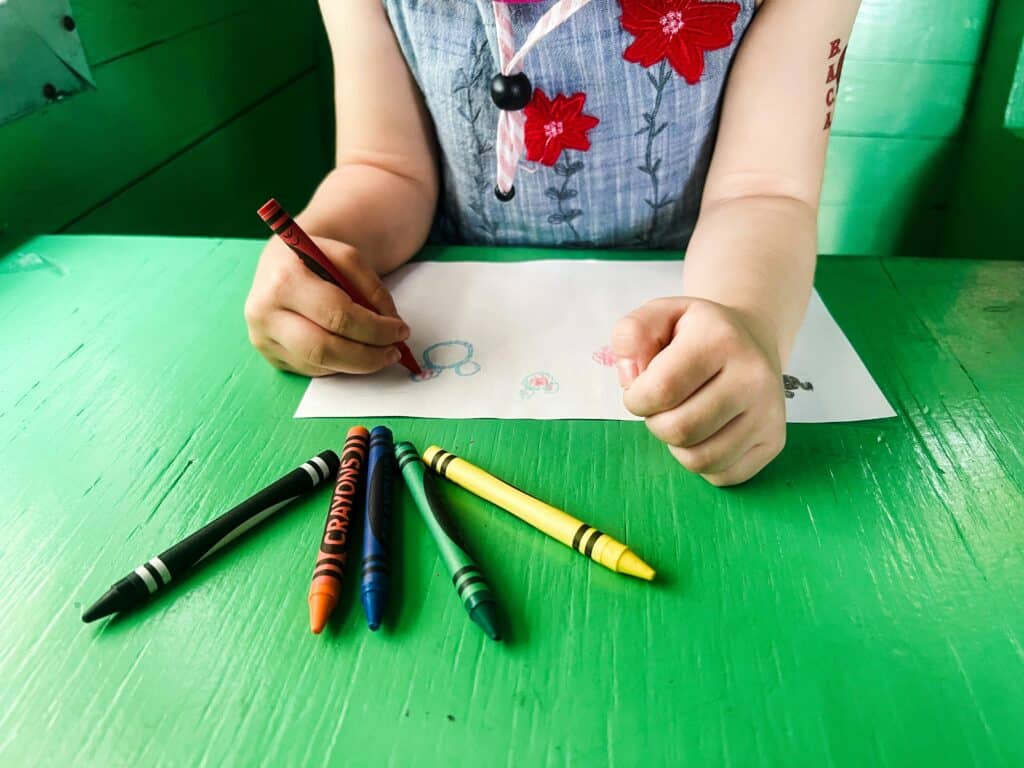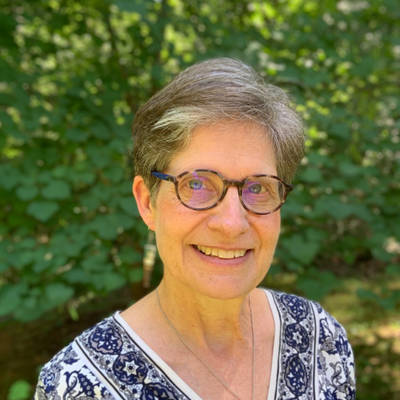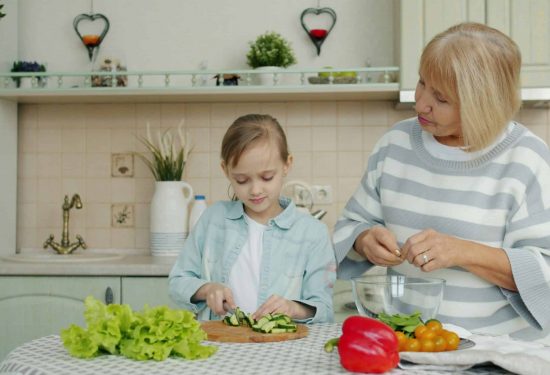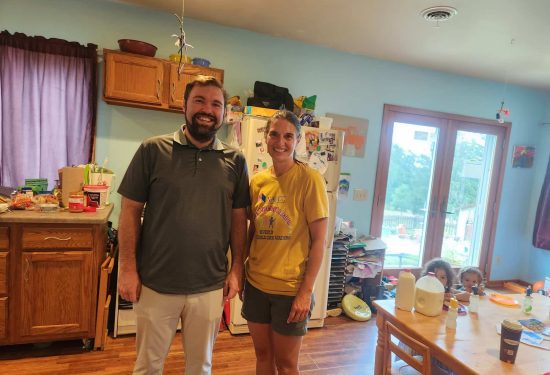Two recent documentaries are changing the narrative about child care work and inspiring policy and regulatory reform to improve wages for providers and access for families who need child care.
One scene in Make a Circle, a documentary about California child care workers from directors Jen Bradwell and Todd Boekelheide, features three little girls engaged in imaginary play. The toddlers recreate a beauty salon, using utensils and plastic food from the play kitchen to apply make-up and style each other’s hair. Then the camera zooms out to the teachers who witness and facilitate this kind of creativity and invention every day.
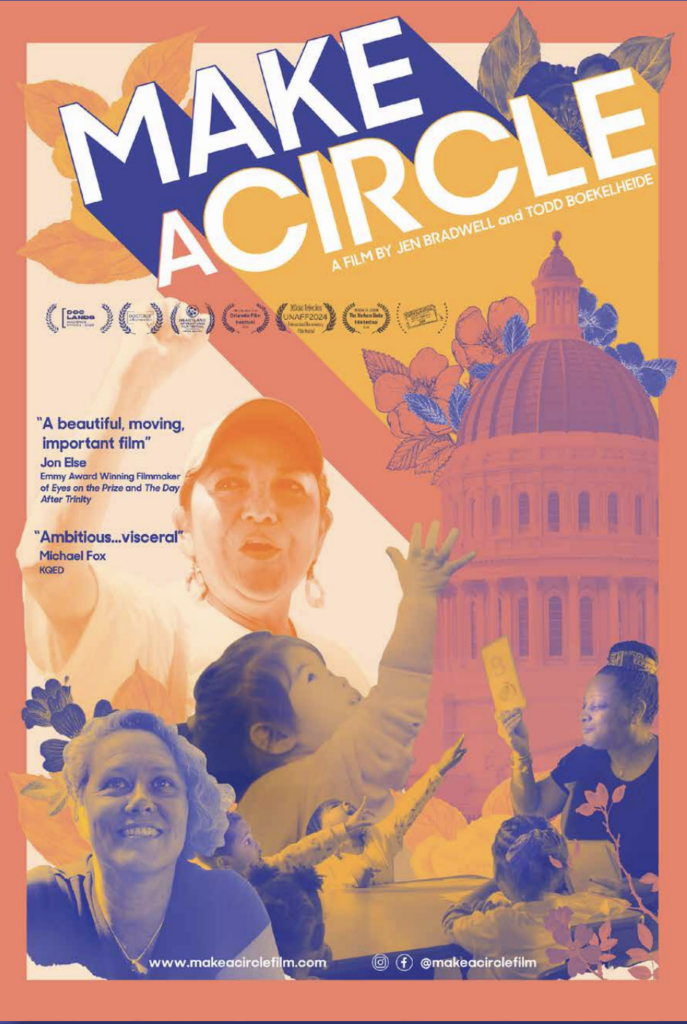
Through scenes like these, viewers hear and see early educators teaching children early literacy, life skills, creative play, and social-emotional skills—how to manage their own emotions, how to share and voice difficult feelings.
Then the camera zooms out to the larger ecosystem of child care in communities across the nation. The film “celebrates the skill and beauty and impact of what care and education looks like in these early years, while also being really honest about the low pay and high turnover of caregivers. I wanted to hear from child care providers themselves what they would need to stay in this vital profession, and what the rest of us need to do to build an early care and education system that works for everyone,” says Bradwell.
The complexity and scope of the child care crisis touches every community in America, but
“most people rarely see the difficult, important, professional work that early educators do every day. And they don’t understand how critical that work is to the well-being of families and to our economy,” explains social worker and filmmaker Laura Norton-Cruz, co-director of the documentary, At Home/In Home: Rural Alaska Child Care in Crisis.
Norton-Cruz’s film tells the story of Tracey and Bailey Schaeffer, a mother and daughter in remote Kotzebue, Alaska, who spent two years grappling with the state’s licensure requirements before they were able to open what is now the town’s only licensed home-based child care facility–and instantly had a waiting list of more than 20 children. Nolan Klouda, a parent and former director of the University of Alaska’s Center for Economic Development, remarks in the film that the child care crisis “sends ripples all the way through our economy. … A lot of parents are forced to stay home because they can’t find quality child care. That means lost wages, that means lost productivity, that means a lot of businesses that are not able to be as profitable as they could be, that means a lot of critical roles that go unfilled, and agencies that provide our services are less able to do that.”
These documentaries are not just presenting the problems with the child care sector; they are also offering solutions. Presented to policymakers and child care regulators as well as the public, the films have persuaded legislators to take action—passing legislation that reduces red tape and regulatory barriers for providers, increases compensation for child care workers, and expands subsidy funding and access for families.
Bradwell calls her film “a love letter to early educators and a wake-up call for the rest of us.”
As opposed to a long written report, says Bradwell, “documentary film uses storytelling as a tool to change mindsets and behavior that leads to a change in culture, a change in priorities, and ultimately changes in policy and outcomes.” Make a Circle features the day-to-day love and struggles of California family child care provider Patricia Moran who ultimately joined the negotiating team of Child Care Providers United (CPU). The CPU union, 40,000 members strong, has successfully advocated for increased state subsidies, expanded access to subsidies for middle-income families, and health care and retirement benefits for home-based providers.
Bradwell’s film also amplifies the voices of center-based child care workers who can’t afford to stay in a profession where the average wage is just $13/hour and administrators struggle to keep the doors open without increasing tuition for families. “There isn’t yet really an alliance between home-based and center-based caregivers,” says Bradwell. But she’s hopeful that both types of care side-by-side on the screen will create an opportunity for viewers to see the professionalism and challenges they share. If all of these providers speak with one voice, says Bradwell, there is strength in numbers and real change is possible.
Norton-Cruz’s documentary has also facilitated policy changes for child care providers in Alaska. After Norton-Cruz showed her film to dozens of Alaska legislators, in a screening sponsored by Republican Rep. Julie Coulombe, they voted for a $7 million increase for child care funding to increase provider wages and expand access to subsidies for middle-income families, as well as technical improvements to the registration and background check system that was locking out rural home-based providers.
Both Norton-Cruz and Bradwell are continuing their efforts to use documentary film to spark change-making conversations with a wide range of audiences–public, employers, professional, educational, and legislative. Norton-Cruz is currently completing a new film that focuses on the child care crisis on the Kenai Peninsula of Alaska, where, she says, “child care is the foundation of the economy. If parents can’t go to work because they don’t have anyone to care for their children, we can’t run airports or plow the streets or run the fish factory or anything. It’s fundamental to the economy and to educating children who will be ready for school and to operate the economy of the future.”
Bradwell’s film will air nationally this September on Public Broadcasting Stations across the country. It’s available immediately for private screenings arranged by networks of early educators, policymakers, business leaders, or community groups–and supported by a discussion and activity guide that audiences can use following the viewing. In December, Bradwell presented at a screening funded by Home Grown for the Training Grounds network in New Orleans.
Both Norton-Cruz and Bradwell emphasize that seeing how early educators care for children, how their love and expertise enables children to grow into healthy, school-ready, creative, socially and emotionally adept little humans is a feel-good experience that motivates action. “People make decisions based on emotions,” says Bradwell. “So when you fall in love with the kids in these films, and with the people who take care of them, you feel empathy and get attached to their transformation over time. You feel motivated to help them succeed.” Plus, she notes, “25 million parents rely on child care. We hope this film communicates that this is our common cause, our common story. What can we do to make it better?”
